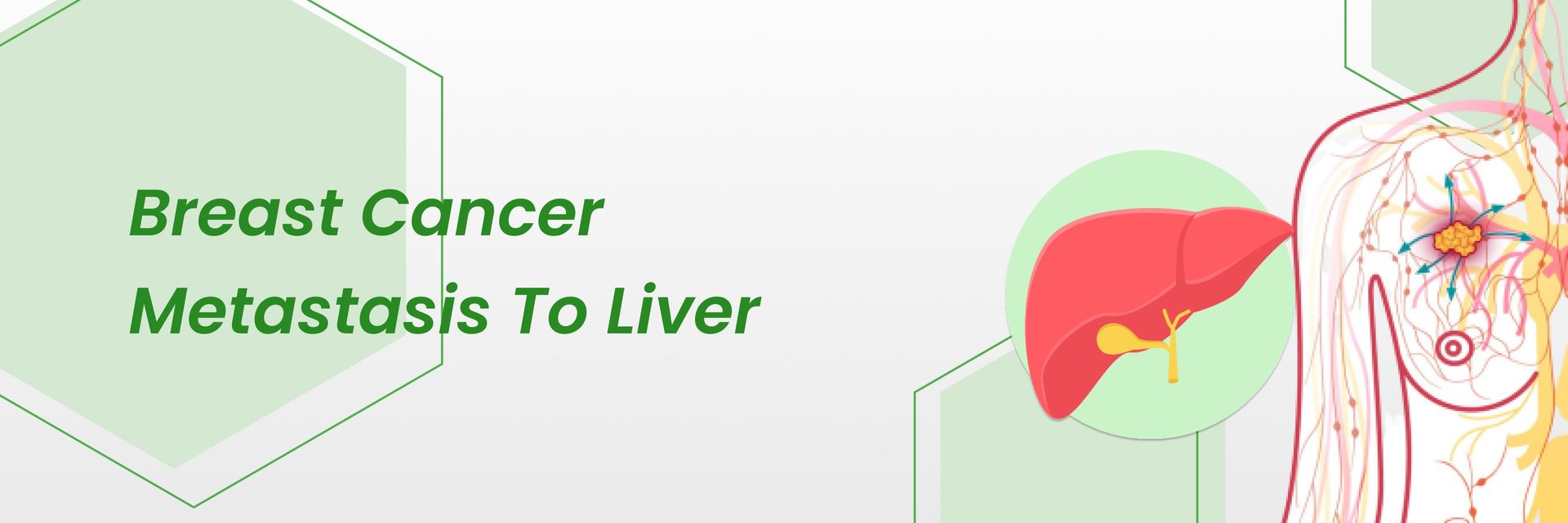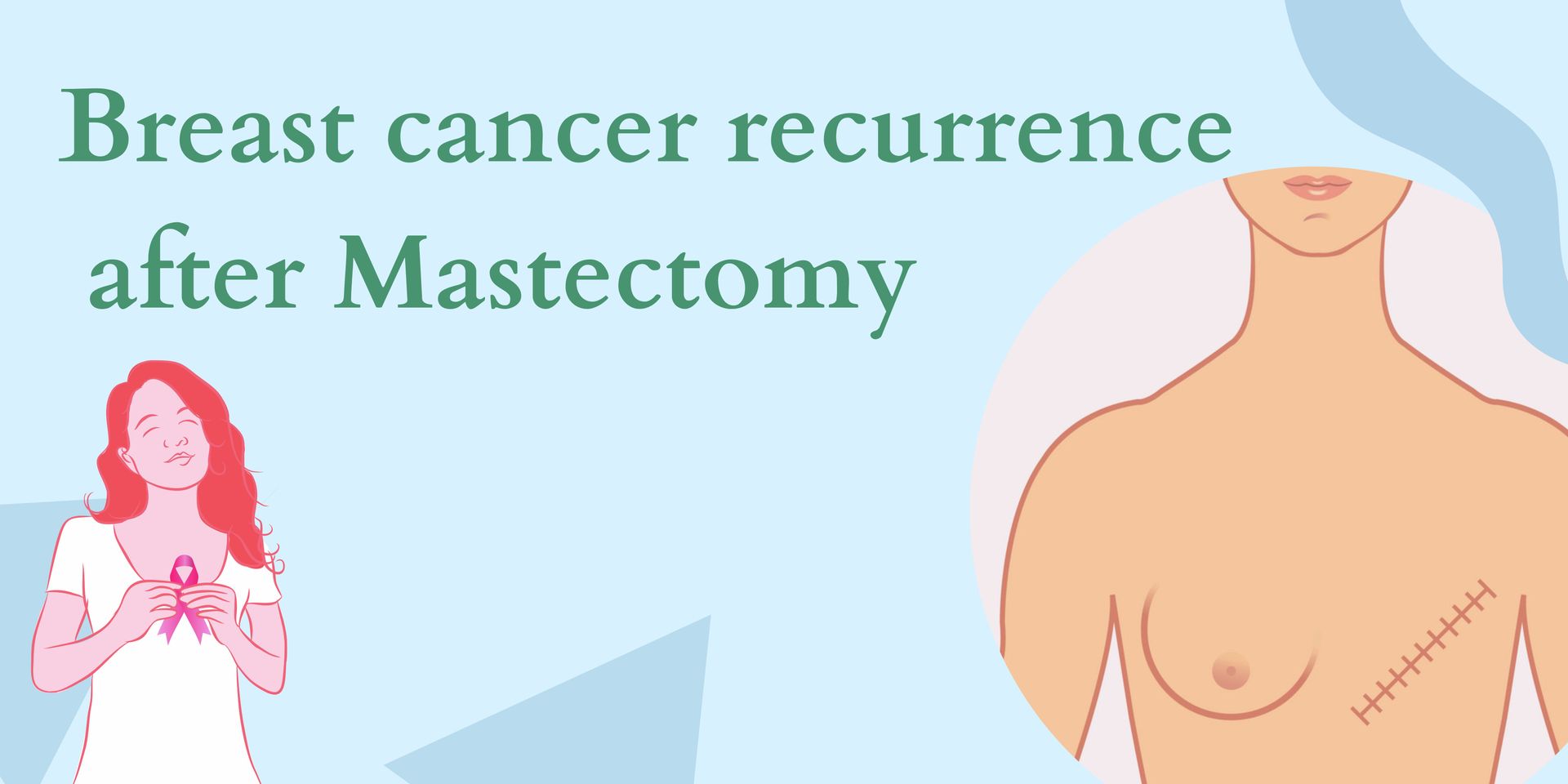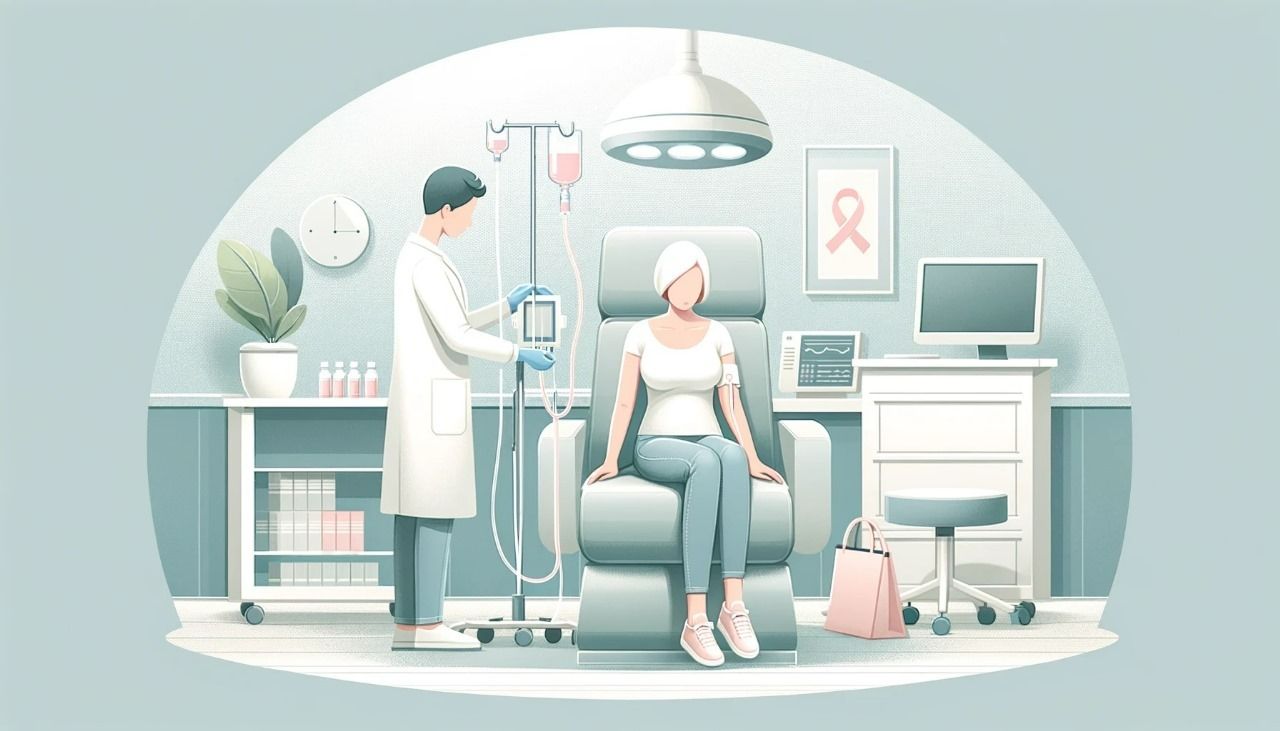Overview
Breast cancer remains one of the most concerning health conditions for women worldwide, particularly for those between the ages of 30 and 60. Early detection of breast cancer can significantly improve outcomes, which is why screening plays such a vital role. For many women, the
term “breast cancer screening” may sound overwhelming or even intimidating, but in reality, it is a preventive measure designed to provide reassurance and timely action if needed.Since this topic is one of the most concerning, hence, we would like to build an understanding about
different types of breast cancer screening, helping women to understand what options are available, how they work, and when they may be recommended.
Why Breast Cancer Screening Matters
Breast cancer screening is not about diagnosing cancer on the spot but rather about identifying changes in breast tissue that may indicate the need for further evaluation. These screenings are intended to detect breast cancer at an earlier stage, sometimes even before symptoms develop. For women, especially those with a family history or specific risk factors, regular screening can be a powerful tool in breast cancer prevention and management. Beyond just testing, it provides peace of mind and allows for proactive healthcare decisions.
Common Types of Breast Cancer Screening
There are several methods of breast cancer screening available today. Each has its purpose, strengths, and limitations. Depending on age, medical history, and risk factors, a healthcare provider may recommend one or more of the following options.
1. Mammogram
The most well-known method of breast cancer screening is a mammogram. It takes detailed pictures of the breast tissue using low-dose digital X-rays. Unusual patterns or tiny bumps that might not be visible during a physical examination can be highlighted in these pictures
How it works: The breast is gently compressed between two plates to take clear images from different angles.
Why it matters: Mammograms are highly effective in spotting early changes, making them a cornerstone of breast cancer diagnosis and prevention.
When it’s recommended: Typically suggested for women above the age of 40, though those with higher risk factors may be advised to start earlier.
2. Clinical Breast Examination (CBE)
A clinical breast examination is performed by a healthcare professional who carefully examines the breasts for lumps, thickening, or other noticeable changes. While it is a simple and non-invasive method, it provides an additional layer of awareness.
How it works: A doctor or nurse palpates the breast tissue and underarm areas to check for irregularities.
Why it matters: Although not as sensitive as a mammogram, it can detect certain abnormalities and reassure women about their breast health.
When it’s recommended: Often suggested alongside mammograms, especially for women in their 20s and 30s.
3. Breast Self-Examination (BSE)
Though no longer emphasized as a standalone method for detection of breast cancer, breast self- Examination remains an important practice for personal awareness. It encourages women to be familiar with their breasts and to notice any changes early.
How it works: Women examine their breasts at home, usually once a month, using both visual inspection and touch.
Why it matters: While not a replacement for medical screening, it helps women identify changes like lumps, dimpling, or skin alterations.
When it’s recommended:Suitable for women of all ages as a supplementary habit to formal screenings.
4. Ultrasound Imaging
Breast ultrasound is often used as a follow-up to a mammogram or when additional clarity is needed. It uses sound waves to create images of the breast tissue and is especially helpful in evaluating dense breasts, which can sometimes limit the effectiveness of mammograms.
How it works: A handheld device is moved across the breast, sending sound waves that form images on a screen.
Why it matters: Ultrasounds are effective in distinguishing between solid lumps and fluid- filled cysts.
When it’s recommended: Frequently suggested for women with dense breast tissue or inconclusive mammogram results.
5. Magnetic Resonance Imaging (MRI)
Breast MRI is another advanced screening tool, generally reserved for women with a higher risk of breast cancer. It provides highly detailed images using magnetic fields and radio waves.
How it works: A woman lies inside an MRI machine while images of the breast are taken from multiple angles.
Why it matters: MRIs are extremely sensitive and can reveal abnormalities that other screenings may miss.
When it’s recommended: Primarily for women with strong family histories, genetic predispositions, or those requiring additional investigation after mammograms or ultrasounds.
Choosing the Right Screening Method
Not every screening method is suitable for every woman. Factors such as age, family history, breast density, and personal health concerns all play a role in determining which tests are appropriate.
Women in their 30s may start with clinical breast examinations and self-examinations for awareness.
From their 40s onward, mammograms are typically recommended as the primary screening tool.
Women with a higher risk profile may benefit from supplementary methods such as ultrasounds or MRIs.
It is always best to consult a healthcare professional to develop a screening plan tailored to one’s individual needs.
Benefits of Breast Cancer Screening
Breast cancer screening provides women with several important benefits:
Early detection of breast cancer before symptoms appear.
Clarity and reassurance, reducing anxiety about breast health.
Better treatment options if abnormalities are found early.
Improved chances of breast cancer prevention through proactive monitoring.
Limitations to Keep in Mind
While breast cancer screening is invaluable, it is also important to understand its limitations.
False positives: Sometimes, screenings may highlight something that is not cancer, leading to additional testing.
False negatives: In rare cases, screenings may miss abnormalities.
Overdiagnosis: Some screenings may detect conditions that may never cause harm but still require follow-up.
Being aware of these aspects helps women approach screening with realistic expectations.
The Role of Awareness in Breast Cancer Prevention
Screening is only one part of the broader approach to breast health. Awareness plays an equally important role. Women who understand their risks, recognize symptoms, and maintain open communication with healthcare providers are better positioned for timely breast cancer diagnosis
and treatment. Simple lifestyle choices, such as maintaining a balanced diet, regular exercise, and avoiding smoking, can further contribute to breast cancer prevention. Coupled with routine screening, these habits create a strong foundation for long-term well-being. Understanding the types of breast cancer screening empowers women to make informed decisions about their health. Whether it’s a routine mammogram, an ultrasound for clarity, or a self- examination at home, every step contributes to better awareness and early detection of breast cancer.
By taking an active role in screening and breast health, women not only safeguard their well-being but also encourage those around them to prioritize preventive care.





